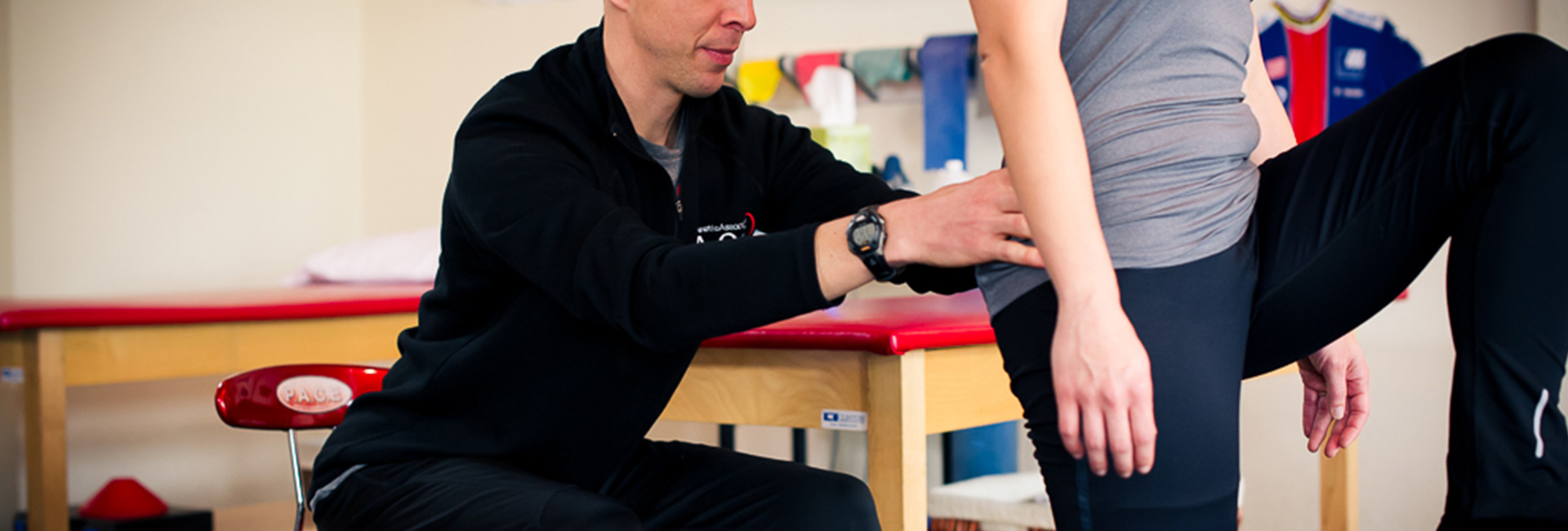The coccyx (also known as the tailbone) is the triangular bony structure at the bottom of the vertebral column that serves as an attachment for our pelvic floor muscles. It is composed of three to five bony segments held in place by joints and ligaments. When injured, it can cause debilitating pain. This pain can be termed as coccygodynia, coccydynia, or coccalgia.
These injuries may result in a bruise, dislocation, or fracture (break) of the coccyx. Although they may be slow to heal, the majority of coccyx injuries can be managed with cautious treatment.
The majority of coccyx injuries occur in women, because the female pelvis is broader and the coccyx is more exposed.
Most tailbone injuries are caused by trauma to the coccyx area, such as:
- A fall onto the tailbone in the seated position, usually against a hard surface, is the most common cause of coccyx injuries (i.e. falling down steps/stairs, or while skiing/snowboarding, etc.)
- A direct blow to the tailbone, such as those that occur during contact sports
- Injury or fracture during childbirth
- Repetitive straining or friction against the coccyx (as happens in bicycling or rowing)
- Sometimes, the cause is unknown
- Less common causes include bone spurs, compression of nerve roots, injuries to other parts of the spine, local infections, and tumors
Tailbone injury symptoms include:
- Severe localized pain and tenderness may be felt in the tailbone area
- If the injury is traumatic, a bruise may be visible in this area
- Pain is generally worse when sitting (either on hard or soft surfaces) for prolonged periods of time, or with direct pressure to the tailbone area. It may feel like you are sitting on a marble, knife, or rod
- Pain increases with activities such as biking or rowing
- Acute pain can be present during transition from sit to stand
- Bowel movements and straining are often painful
- Some women may experience pain during sexual intercourse or menses
Your doctor can determine if you have a fractured or dislocated coccyx with an x-ray. It is best to have the x-ray done in both sitting and standing positions to understand the severity of the injury.
Though coccydynia usually resolves over weeks to months with supportive care, it is sometimes protracted and debilitating. To speed up the recovery period, pelvic floor physical therapy can help improve coccyx positioning and pelvic floor muscle tone. Biofeedback, manual therapy, therapeutic exercises, and activities are some of the treatment techniques used in physical therapy for this problem.

Pelvic health PT for better health and wellness.
Pelvic health physical therapy addresses the unique musculoskeletal problems of the pelvic floor that can have a significant impact on quality of life. Our goal is to improve your function, decrease your pain, guide you on your journey and get you back to the things you love.
